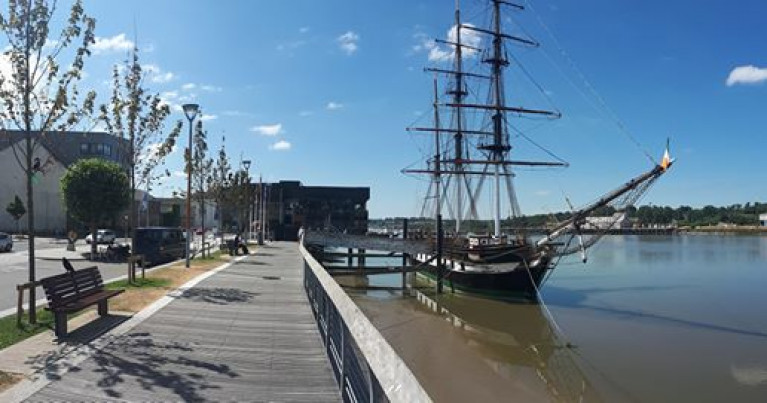Displaying items by tag: 2020 Vision
New Ross Chamber's 2020 Vision for the Future
At the top of the agenda at New Ross Chamber is to attract a major company, writes Independent.ie
The executive group met in New Ross on Tuesday and during a lengthy meeting four priorities were outlined. Chamber President Sean Reidy said these include attracting a major company to the town within four years, local stakeholders taking back ownership of the port, getting a large new hotel for the town and attracting a major retailer to open a shop in the town centre.
Mr Reidy said stevedores at New Ross Port are seeking to have more of a say in its running, after it was announced earlier this year that Waterford Port was being lined up to take control of its operations. 'The future development of the port is a big priority as the port has a big say in New Ross and in the stakeholders in New Ross. There is the issue of it going to Waterford but we have views on that and we have stakeholders on our board who are currently in discussions with the county manager about running the port. I would hope a way could be found. On the one hand it can't be in the hands of private enterprise. We would be really emphasising our fear that will Waterford promote New Ross in the way we want it promoted. We feel New Ross stakeholders need to have a say in how it is run going forward and we are supporting the stakeholders in the town in those discussions.





























































